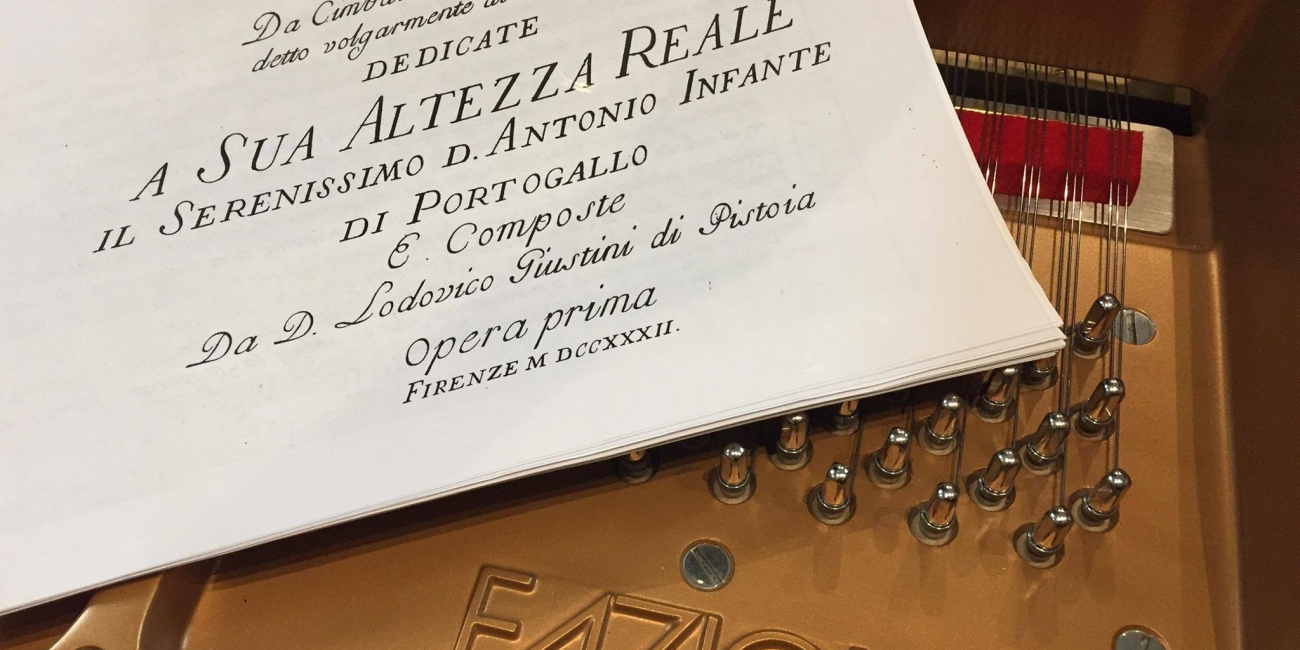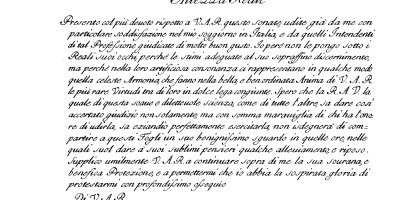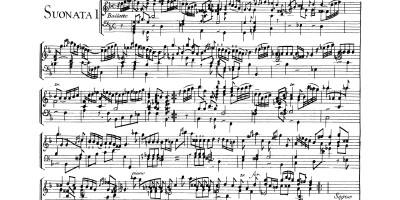
Projects
Critical Edition of Giustini's Sonatas op. 1
The history of music is full of hidden treasures waiting to be rediscovered and re-evaluated. One such treasure is the 12 Sonatas Op. 1 by Lodovico Giustini (1685-1743), a collection of extraordinary historical importance that deserves to be brought to light through a modern critical edition.
A Pioneer of the Fortepiano
Published in 1732, Giustini's Sonatas Op. 1 represent the first collection of music ever written specifically for the fortepiano, an instrument that was still a novelty at the time. This makes them a fundamental turning point in the history of piano literature, paving the way for what would become one of the most important instruments in the history of Western music.
The importance of a critical edition
The creation of a critical edition of these sonatas represents a fundamental step towards:
- Providing the public and scholars with a philologically accurate musical text
- Analyzing and documenting existing historical sources
- Providing performers with a reliable tool for performance
- Contributing to the rediscovery of a repertoire that is still little performed
Methodology and challenges
The work of a critical edition requires a rigorous methodological approach that includes:
- The research and comparison of all existing sources (unfortunately or fortunately for Giustini there are few)
- The analysis of variants and discrepancies between the different sources
- The detailed documentation of the editorial choices
- The drafting of a critical apparatus that justifies each decision taken
Future prospects
This critical edition will not only allow the preservation of an important musical heritage, but will also open up new perspectives for:
- The historically informed performance of the sonatas
- The study of performance practice in the early eighteenth century
- The understanding of the development of writing for fortepiano
- The dissemination of a repertoire of great artistic value
Conclusion
The critical edition project of Giustini's Sonatas Op. 1 represents an important contribution to musicology and musical practice.
Through this work, not only is a fundamental piece of the history of keyboard music recovered, but performers and scholars are also offered a valuable tool to study and disseminate this extraordinary repertoire.
The rediscovery of Giustini through a modern critical edition reminds us of the importance of preserving and enhancing our musical heritage, allowing new generations of musicians and scholars to access this treasure of the past with philologically accurate and musically aware tools.





